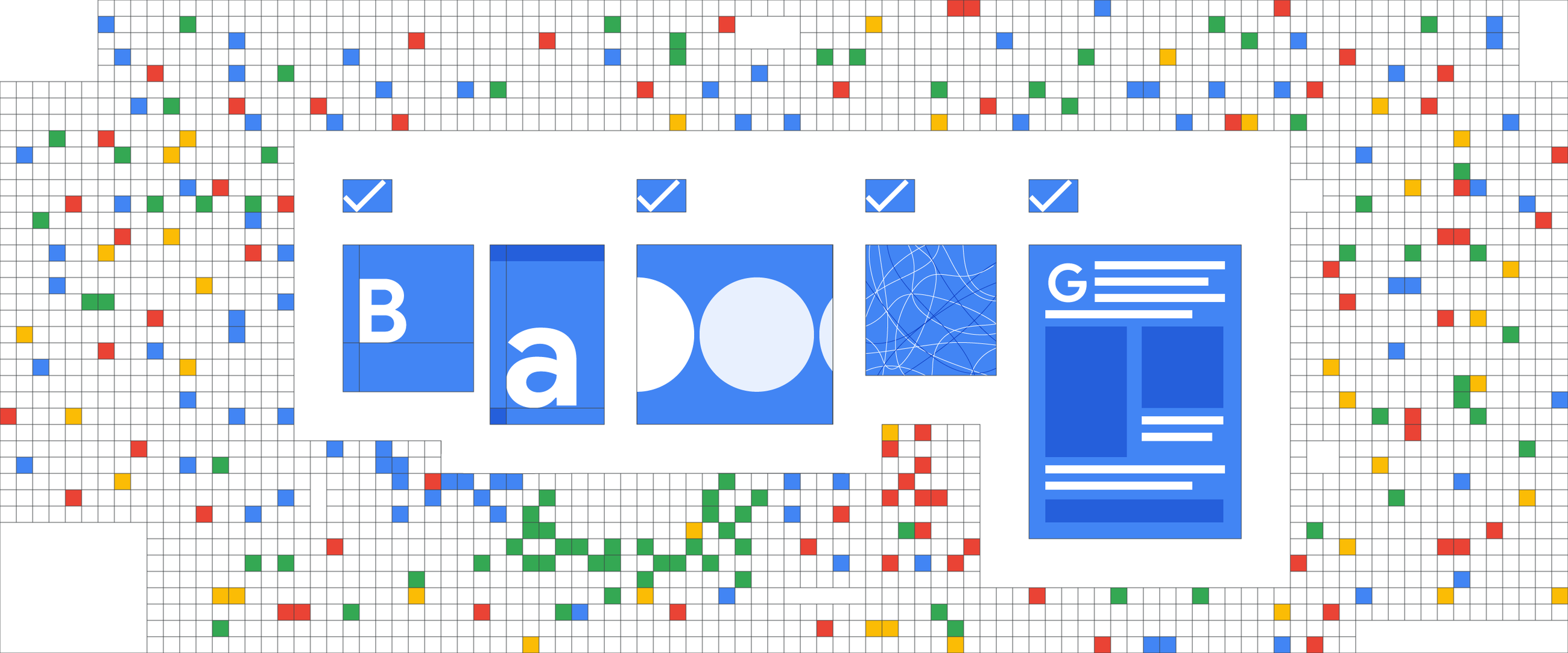Designing and implementing your disaster recovery plan using GCP

Grace Mollison
Head Cloud Solutions Architects EMEA
When you’re working on an enterprise IT team, service-interrupting events can happen at any time. Your network could have an outage, your latest application push might introduce a critical bug, or you might someday have to contend with a natural disaster. When things go awry, it's important to have a robust, targeted, and well-tested disaster recovery (DR) plan.
With a well-designed DR plan in place, you can make sure that if catastrophe hits, the impact on your business's bottom line will be minimal. No matter what your DR needs look like and no matter where your production environment is (on-premises, on Google Cloud Platform (GCP) or another cloud), GCP has a flexible and cost-effective selection of products and features that you can use to build or augment the DR solution that is right for you.
We’ve put together a detailed guide to help steer you through setting up a DR plan. We heard your feedback on previous versions of these DR articles and now have an updated four-part series to help you design and implement your DR plans.
The planning guide talks you through the issues you need to take into consideration when designing your DR plan. It looks at topics from implementing security controls to testing that your plan works.
DR building blocks focuses on features of GCP products that lend themselves to implementing DR scenarios, including compute, storage, networking and monitoring products. You’ll find information on common architectural patterns based on these DR building blocks. You can also learn about using tooling for cross-platform DR scenarios.
DR scenarios for data with GCP focuses on DR scenarios for data and databases. It discusses scenarios for a variety of production environments and provides examples on how to implement those scenarios. It also covers backup and recovery proposals for GCP-managed databases.
DR scenarios for applications with GCP builds upon the previous sections with example DR architectures for you to consider applying for your infrastructure.
If you prefer to watch videos, we have you covered. This session from Next ‘18 gives an overview of designing and implementing DR systems in GCP. You can also check out some of our partner solutions designed for DR planning.


